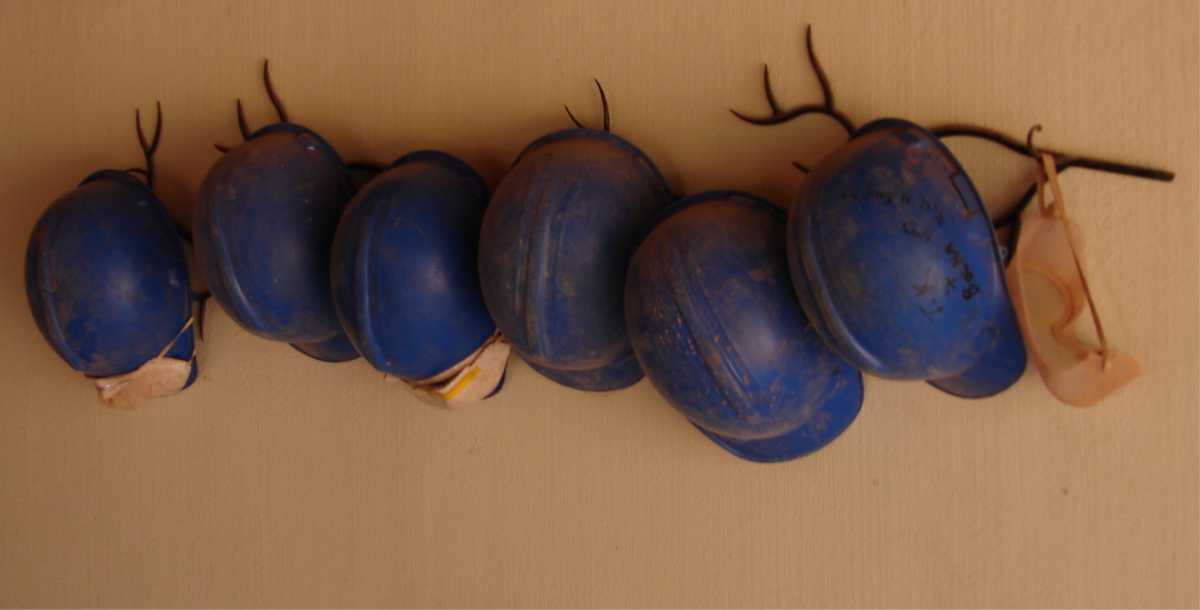Snake! Snake!
During lockdown, once builders were allowed back on site, work on Klein Jan restaurant, the new Malori sleep-out experience and other improvements resumed, including the re-thatching of Tarkuni homestead. One afternoon we received a frantic call from the thatching team who reported seeing a snake hiding in the roof. They were not keen to carry on with the job until the snake was removed. The information we received was that there was ‘a huge snake, black and yellow in colour’. The response team consisted of two of our guides and Thilo Beck, a snake researcher who spent lockdown on the reserve.

Thilo was particularly excited to be part of the rescue operation, believing that he was going to find the first Cape cobra emerging from its winter hibernation. Armed with his long and short grab sticks and a large container, he was led enthusiastically to the area where the workers had seen the reptile. When they pointed to the highest window tucked into Tarkuni’s roof, indicating that the snake was under the windowsill, Thilo’s face dropped and his enthusiasm for the task at hand started to flag. To get up there, he would not only have to balance on a long ladder to climb onto the roof but edge across an expanse of flimsy timber beams before reaching across a stretch of thatch to grab hold of a venomous snake. Afterwards, he said one of the scariest parts was looking down at Tarkuni’s floor far below through a gap in the thatch.
With slow and cautious movements he scanned beneath the windowsill with his torch, after struggling to see into the dark recess. With slight disappointment he reported that it was not a Cape cobra, as he’d hoped, but ‘something else’. When he moved the thatch out of the way he exposed a tiny rock monitor lizard that had tucked itself in under the windowsill to wait out the winter. The monitor lizard was safely extracted by Thilo and released close by in a rocky part of Tarkuni’s garden with ample crevices in which to hide.

The workers had a good chuckle when they realised that the big black and yellow snake was only a young rock monitor lizard, but were a little sceptical when it stuck its tongue out. Mistaking the monitor lizard for a snake was not as silly as it sounds. They are actually quite similar to snakes, having distinctive forked tongues that they use to detect scent molecules in the air.
